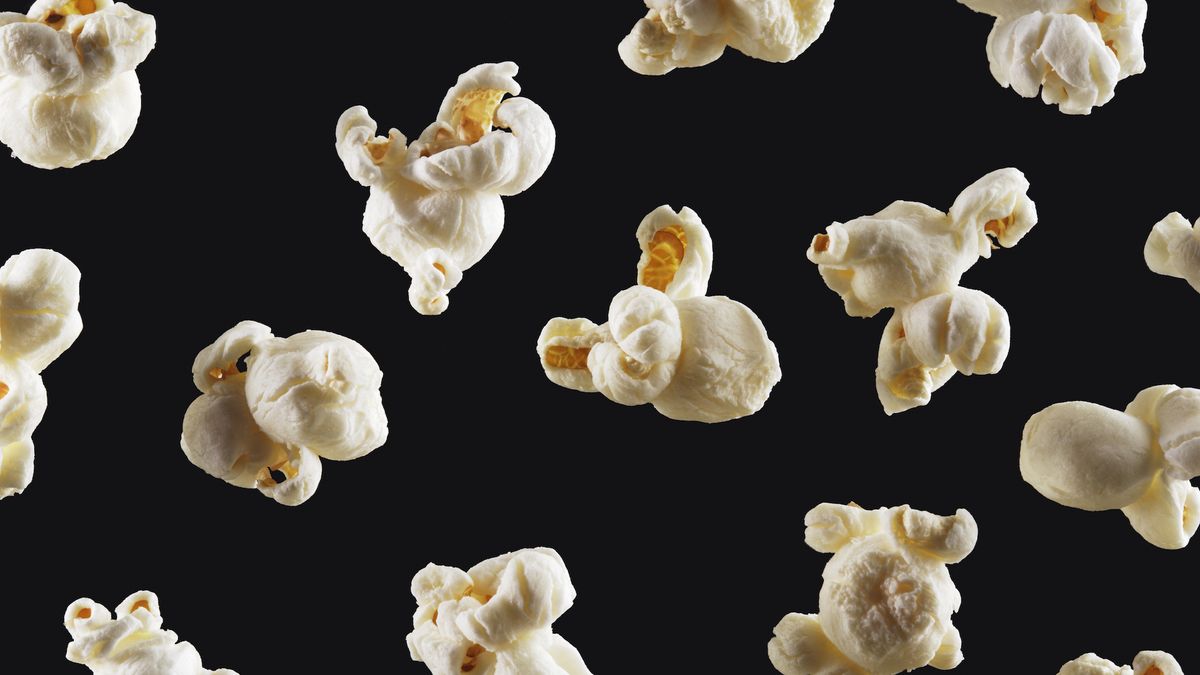Ants amputate their nestmates’ limbs to save them from infection
A Florida carpenter ant
Paul Young/Alamy
Some ants chomp off the infected limbs of nestmates to boost their chances of survival, making them the only recorded non-human animals to perform amputations to save another’s life.
We already knew that ants are one of the few animals that tend to the injuries of their peers. Matabele ants (Megaponera analis), for example, can treat infections by secreting an antimicrobial substance produced by special glands.
But not all ant species have these glands, says Erik Frank at the University of Würzburg in Germany. “We wanted to find out what happens with ants that cannot use antibiotics.”
While closely observing colonies of Florida carpenter ants (Camponotus floridanus) in the laboratory, Frank’s colleague Dany Buffat at the University of Lausanne, Switzerland, spotted an ant chewing off a nestmate’s wounded leg.
“I didn’t believe them at first,” says Frank. “I thought there must be something else going on. Maybe there was a threat, or the ant thought they were attacking an enemy.”
After analysing video footage of the colonies, the team saw even more incidences of amputation. Each time, the amputee showed no signs of struggle. What’s more, these amputations only took place when the injury was on an individual’s upper leg.
To learn more, the team gave thigh injuries and infections to 72 carpenter ants. Half of the ants received leg amputations from the researchers, while the others were left as a control. The mortality rate of amputees was 90 per cent lower than in the control group, which suggests these procedures successfully stopped the pathogen from spreading.
In contrast, amputations by other ants never occurred if the wound was on an ant’s lower leg, and when the team repeated the experiment with lower leg injuries, the mortality rate was the same for both the amputees and the control group. This could be down to ant physiology, says Frank. “Insects don’t have a central heart like we do,” he says. Instead, several muscles pump blood around the body, and by using micro-CT scans, the team found that many of these muscles are concentrated in the upper legs of carpenter ants.
That means upper leg amputations damage blood-pumping muscles, preventing blood from circulating and spreading infections. On the other hand, since the lower legs lack these muscles, amputating them doesn’t stop the spread.
“The finding is remarkable and pushes the envelope of our understanding of behavioural immune systems in social insects,” says James Traniello at Boston University in Massachusetts.
Tomer Czaczkes at the University of Regensburg in Germany is surprised at just how targeted the amputation is. “They don’t just deploy blanket amputation on any injury – they only do so when it would make sense.”
“It seems unlikely that the ants have an understanding of the ultimate reasons for why these amputations work. Much more likely is that this is an innate behaviour, which the ants are ‘born’ with,” he says.
Topics:
Source link




